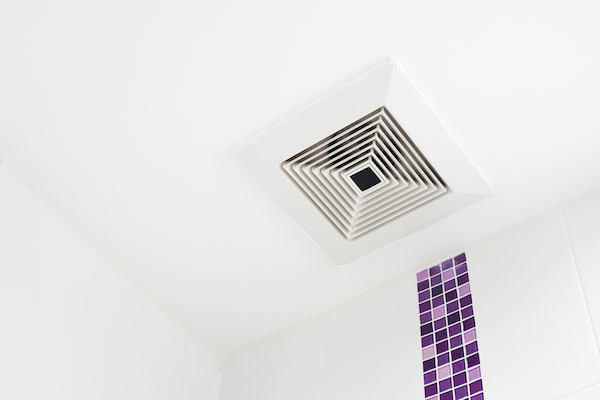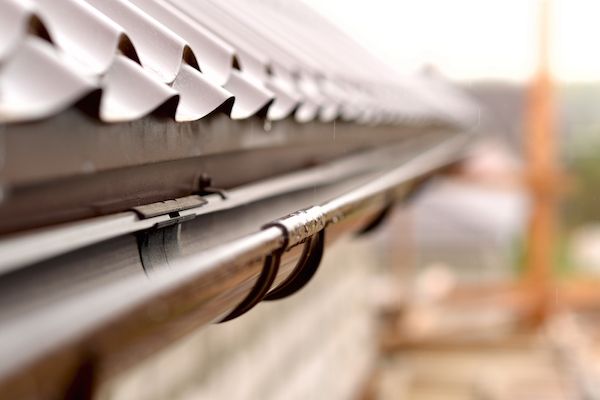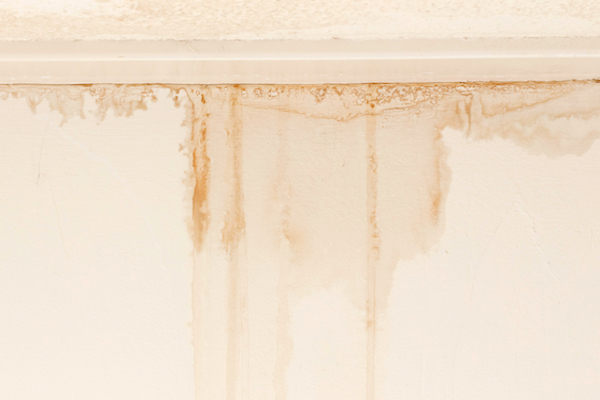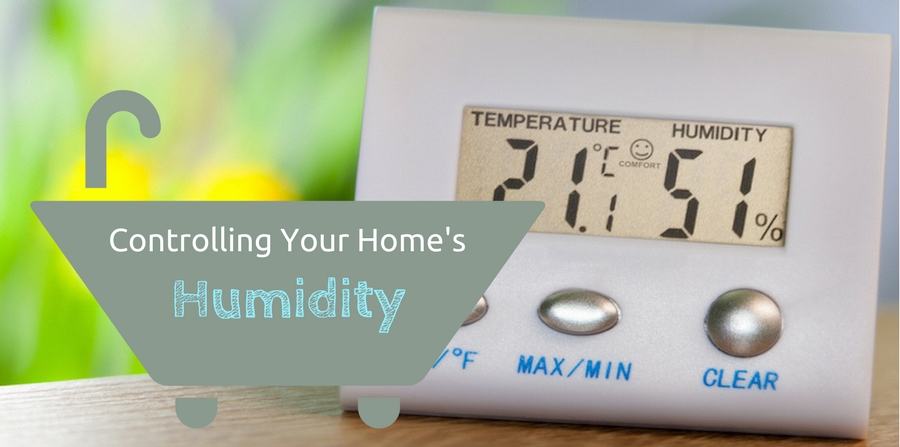Now that you know what makes humidity tick, it’s time to use our nerdy science powers for good. Environmental control good. We’re basically like mutants. With slightly less impressive powers.
Controlling the humidity inside your home is actually pretty simple, once you know how humidity works. A few very common sources account for almost every home’s humidity problems. The trick to solving these problems is tracking the sources down and fixing them permanently. Let’s see what we can do about that, shall we?
Ventilation 
Every water-based fixture in your home should connect to a ventilation system. Ventilation transfers hot, moist air away from your home so it can’t raise humidity. Your plumbing system should have a central vent pipe installed in it. Not only is plumbing ventilation necessary for environmental control, it’s important for effective plumbing performance. Periodically ensure nothing’s blocking your plumbing vent.
Each bathroom in your home should have a working fan and vent. This system sucks in hot air generated by bathing and vents it outside. Your washing machine needs a vent for releasing hot air, too. Make sure your machine releases air outside and that the vent isn’t blocked. Even your kitchen should have proper ventilation, especially around the stove and oven. If it’s gets steamy in there, consider turning on a fan or opening a window. If your humidity problem becomes really significant, there might be a problem with your whole home’s vent system.
Drainage 
A home’s drainage redirects water away from the foundation out to where it can’t do any harm. A drainage system can include a sump pump, rain gutters, downspouts, storm sewers, and various periphery drains. If something blocks these drains, water could seep into the ground and end up puddling in your basement, where it could damage walls, floors, or foundations. Undrained water may stay beneath floorboards or inside walls, where it could foster mold growth and create long-term moisture problems.
Most Minnesotan homes should have a sump pump, especially if they have a basement. Sump pumps work by redirecting seeping water into a low “well”, and then siphoning that water away from the home. In addition, make sure your downspouts properly re-direct water off your roof and that all gutters aren’t blocked by fallen leaves or other debris.
Leaking 
You’d be surprised at just how common plumbing leaks are. Even tiny fractures can create condensation, puddling, or dripping that will lead to big moisture and humidity problems. If a pipe leaks near a wall or inside a cabinet, the water that leaks could damage or soak into wood or plaster, creating a long-term moisture problem that would be expensive to fix.
Many homeowners assume they can’t have plumbing leaks, either because their pipes are new or because they think they would notice them. Unfortunately, some pipe leaks can be invisible to everyone except professional plumbers. Pipes in walls, under floors, or underground leak just like any other pipes, and the water that seeps out can do just as much damage. If you aren’t sure you have a leak, look for fluctuations in your water bill. Get leaks fixed immediately, and consider having pipes replaced if they leak frequently, they’re outdated, or they’re old.
Insulation 
We have ways of controlling the air inside your home, but even we can’t control the great outdoors. Some homes have humidity problems because they have uneven or inadequate insulation. Your home’s humidity level should be more-or-less constant in every indoor area of your home. If you’ve noticed pronounced humidity problems in your basement, attic, crawl space, garage, or storage area, it could be because outdoor air is seeping past the insulation and into your home.
It can be hard to tell if your insulation is sufficient just by eyeballing it. Measure humidity and check for drafts in vulnerable areas like your basement. You could also have a professional inspect your insulation and tell you if it’s doing its job. Pay special attention to sealing around windows and doors. Consider replacing worn weather stripping or re-treating around the edges of windows. Leave indoor hall and room doors open to facilitate better airflow and temperature consistency.
A lot of homeowners tend to think there isn’t much they can do about their home’s humidity issues. You can’t pick up your home and move it somewhere drier, after all. Even if you can’t treat the ultimate source of humidity, however, you can make sure that source doesn’t creep into your home. All you need is to know a thing or two about humidity and make sure you have all the important stuff listed here.
And even in the off-chance that you still have humidity problems after trying everything else, you can always use your secret weapon: us! We can install humidifiers, dehumidifiers, air exchangers, or anything else you need to get your indoor environment exactly where you want it.



Comments are closed.